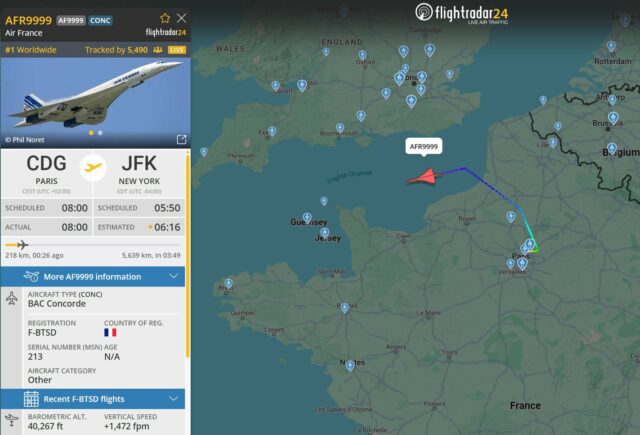I’m going to admit that I’m not a great fan of April Fools’ pranks, especially not attempts to trick people into believing something and then pulling the rug out from under them.
But when an April Fools Day joke is poking fun at the world in a way that we all get to be in on the joke, a parody of sorts, then I can relax and enjoy the fun.
One of my favourite April Fools jokes is part of a longer story in the archives, I am a Teapot which starts at File Not Found and ends with a response to a DDoS attack on the Russian mil.ru military site.
This error code is part of RFC (Request For Comments) 2324, which was released on April Fools’ Day in 1998. The RFC describes a communication protocol called the Hyper Text Coffee Pot Control Protocol (HTCPCP). HTCPCP was put forward as an extension of HTTP for the brewing of coffee.
Last year on the 1st of April, Trecanair released a compilation of vintage photographs entitled [Airship R33 and the Wallace ‘Start-O-Matic’, purporting to be the story of the two R33 Class Airships in the British Navy. It’s a fantastic mix of archive photographs and utter nonsense.
FightRadar24’s April Fools’ offering was very clever: plane watchers suddenly found #AF999 on the map, tracking Concorde on a flight from Paris to New York. Their blog post explains how the recent update to Flightradar24.com made it possible to recreate the flight path of the Concorde.

Has Concorde really made a comeback?
The Air France (AF/AFR) Concorde F-BTSD departed Paris Charles de Gaulle Airport (CDG) at 08:00 local time, and arrived at New York’s John F. Kennedy Airport (JFK) after a 3 hour and 50 minute flight. Later at 11 am UK local time, British Airways (BA/BAW)‘s Concorde G-BOAG left London Heathrow Airport (LHR) for JFK, landing 3 hours and 33 minutes later.
We saw up to 106,000 users following Concorde at one point, and the British Airways flight shot to the number one most tracked position faster than any other flight in our history (which you would expect, given Concorde was supersonic).
I missed the article on the HMS Prince Philip but caught the aftermath when RT published an article based on the parody.

UK Defence Journal Tricks Russian State Media
The satirical article claimed the new supercarrier would carry “infinity-hundred” aircraft, be armed with Cold War-era Harriers or “naval Typhoons” launched via six catapults, and cost the taxpayer a modest £987.6 billion. It also cited fictional experts such as Bryan Robertson of the Daily Mail Comment Section (DMCS) think tank and a colourful figure described only as a “park bench-based analyst.”
And finally, this article isn’t an April Fool but I feel that as it was published on the 1st of April, I’m allowed to include it. It’s a fascinating interview about what it felt like sitting in the Starliner when the thrusters failed.
Starliner’s flight to the space station was far wilder than most of us thought
Here things get a little more complicated if you’ve never piloted anything. When Wilmore refers to 6DOF control, he means six degrees of freedom—that is, the six different movements possible in three-dimensional space: forward/back, up/down, left/right, yaw, pitch, and roll. With Starliner’s four doghouses and their various thrusters, a pilot is able to control the spacecraft’s movement across these six degrees of freedom. But as Starliner got to within a few hundred meters of the station, a second thruster failed. The condition of being “single fault” tolerant means that the vehicle could sustain just one more thruster failure before being at risk of losing full control of Starliner’s movement. This would necessitate a mandatory abort of the docking attempt.
Please feel free to share your favourite April Fools Day jokes in the comments!



